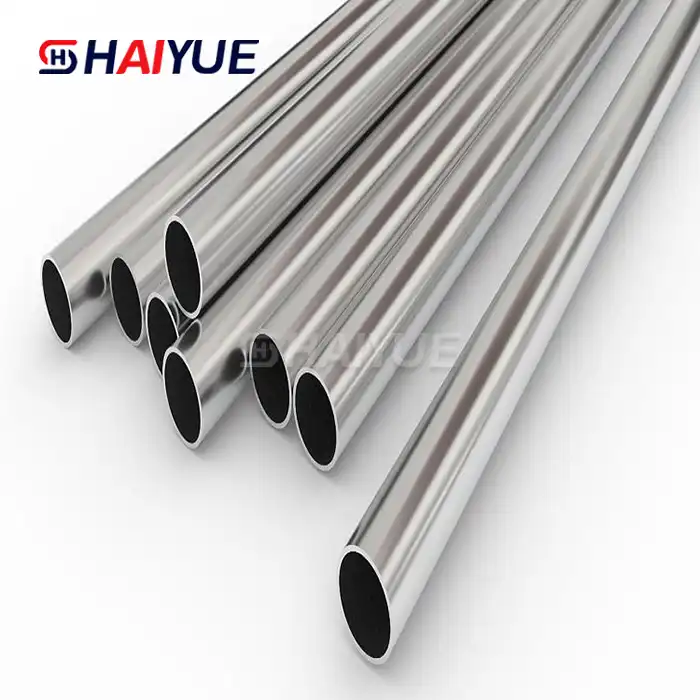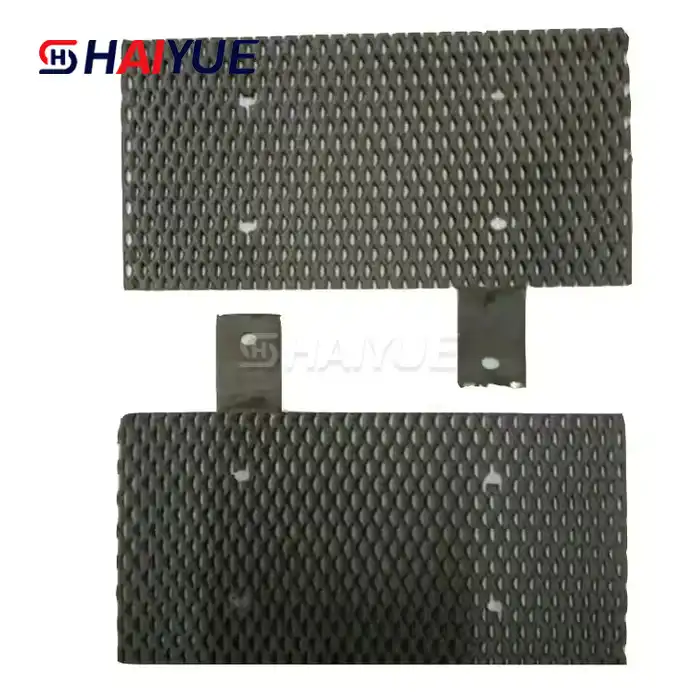- English
- French
- German
- Portuguese
- Spanish
- Russian
- Japanese
- Korean
- Arabic
- Greek
- German
- Turkish
- Italian
- Danish
- Romanian
- Indonesian
- Czech
- Afrikaans
- Swedish
- Polish
- Basque
- Catalan
- Esperanto
- Hindi
- Lao
- Albanian
- Amharic
- Armenian
- Azerbaijani
- Belarusian
- Bengali
- Bosnian
- Bulgarian
- Cebuano
- Chichewa
- Corsican
- Croatian
- Dutch
- Estonian
- Filipino
- Finnish
- Frisian
- Galician
- Georgian
- Gujarati
- Haitian
- Hausa
- Hawaiian
- Hebrew
- Hmong
- Hungarian
- Icelandic
- Igbo
- Javanese
- Kannada
- Kazakh
- Khmer
- Kurdish
- Kyrgyz
- Latin
- Latvian
- Lithuanian
- Luxembou..
- Macedonian
- Malagasy
- Malay
- Malayalam
- Maltese
- Maori
- Marathi
- Mongolian
- Burmese
- Nepali
- Norwegian
- Pashto
- Persian
- Punjabi
- Serbian
- Sesotho
- Sinhala
- Slovak
- Slovenian
- Somali
- Samoan
- Scots Gaelic
- Shona
- Sindhi
- Sundanese
- Swahili
- Tajik
- Tamil
- Telugu
- Thai
- Ukrainian
- Urdu
- Uzbek
- Vietnamese
- Welsh
- Xhosa
- Yiddish
- Yoruba
- Zulu
Pure Titanium Bar Supplier – Superior Strength & Durability for Your Projects
Understanding the Properties and Applications of Pure Titanium Bars
The Unique Characteristics of Pure Titanium
Pure titanium bars possess a remarkable combination of properties that make them highly sought after in various industries. These bars boast an impressive strength-to-weight ratio, surpassing many other metals in terms of specific strength. This attribute allows engineers and designers to create lightweight yet robust structures and components.
One of the most notable features of pure titanium is its exceptional corrosion resistance. The metal naturally forms a protective oxide layer when exposed to air or water, providing an inherent shield against environmental degradation. This characteristic makes pure titanium bars particularly valuable in marine applications, chemical processing, and other corrosive environments.
Industries Benefiting from Pure Titanium Bars
The versatility of pure titanium bars has led to their adoption across a wide range of industries. In the aerospace sector, these bars are utilized in critical components such as landing gear, hydraulic systems, and structural elements. The combination of high strength and low weight contributes to improved fuel efficiency and overall performance of aircraft.
The marine industry also heavily relies on pure titanium bars for various applications. From offshore oil and gas platforms to desalination plants, titanium's corrosion resistance proves invaluable in harsh saltwater environments. Naval vessels and submarines incorporate titanium components to enhance durability and reduce maintenance requirements.
Manufacturing Processes for Pure Titanium Bars
The production of high-quality pure titanium bars involves sophisticated manufacturing processes. The journey begins with the extraction of titanium from its ores, typically through the Kroll process. This method yields titanium sponge, which is then melted and refined to achieve the desired purity levels.
Once the pure titanium is obtained, it undergoes various forming processes to create bars of different sizes and shapes. Hot rolling is a common technique used to produce larger diameter bars, while cold drawing is employed for smaller diameters and tighter tolerances.
Heat treatment plays a crucial role in optimizing the mechanical properties of pure titanium bars. Annealing processes help relieve internal stresses and improve ductility, while aging treatments can enhance strength and hardness for specific applications.
Selecting the Right Pure Titanium Bar for Your Project
Factors to Consider When Selecting Pure Titanium Bars
Choosing the appropriate pure titanium bar for your project involves considering several key factors. The specific application requirements should guide your selection process to ensure optimal performance and cost-effectiveness. Mechanical properties are a primary consideration. Evaluate the required strength, ductility, and hardness for your application. Higher-grade titanium bars offer increased strength but may come at the expense of formability.
Corrosion resistance is another crucial factor, especially for applications in aggressive environments. While all pure titanium grades exhibit excellent corrosion resistance, higher grades may provide enhanced protection in extremely corrosive conditions.
Temperature requirements play a significant role in material selection. Pure titanium bars maintain their properties over a wide temperature range, but it's essential to consider both operating and processing temperatures when making your choice. Fabrication methods should also influence your decision. Some grades of pure titanium are more amenable to specific manufacturing processes, such as welding or cold forming. Consider the ease of fabrication and any potential challenges associated with your chosen grade.
Working with a Reputable Pure Titanium Bar Supplier
Partnering with a trusted pure titanium bar supplier is crucial for the success of your project. A reputable supplier not only provides high-quality products but also offers valuable expertise and support throughout your project lifecycle. Look for a supplier with a proven track record in the titanium industry. Experience in manufacturing and supplying pure titanium bars for various applications demonstrates their ability to meet diverse customer requirements.
Quality certifications are essential indicators of a supplier's commitment to excellence. Ensure that your chosen supplier adheres to international standards such as ASTM, ASME, and AMS. These certifications guarantee consistent product quality and compliance with industry regulations. Technical support is a valuable asset when working with pure titanium bars. A knowledgeable supplier can provide guidance on material selection, fabrication techniques, and performance optimization. This expertise can help you avoid potential pitfalls and maximize the benefits of using pure titanium in your project.
Maximizing the Performance of Pure Titanium Bars in Your Projects
Best Practices for Handling and Fabrication
To fully harness the potential of pure titanium bars in your projects, it's crucial to follow best practices for handling and fabrication. Proper techniques ensure optimal performance and longevity of the material.
When handling pure titanium bars, cleanliness is paramount. The material's high affinity for oxygen necessitates careful storage and handling to prevent contamination. Store titanium bars in a clean, dry environment and use dedicated tools and equipment to avoid cross-contamination with other metals.
Cutting pure titanium bars requires special consideration. While the material is generally machinable, its low thermal conductivity can lead to heat buildup during cutting operations. Employ sharp, carbide-tipped tools and appropriate cutting speeds to minimize tool wear and ensure clean cuts.
Innovative Applications and Case Studies
The versatility of pure titanium bars has led to numerous innovative applications across various industries. Examining case studies can provide valuable insights into the material's potential and inspire new uses in your projects.
In the aerospace industry, pure titanium bars have revolutionized aircraft design. One notable example is their use in landing gear components. The high strength-to-weight ratio of titanium allows for lighter yet robust landing gear structures, contributing to overall fuel efficiency and improved aircraft performance.
The marine sector has witnessed remarkable advancements through the use of pure titanium bars. Offshore oil and gas platforms employ titanium in critical components exposed to corrosive seawater. These applications have demonstrated significant reductions in maintenance costs and extended service life compared to traditional materials.
Future Trends and Developments in Pure Titanium Bar Technology
The field of pure titanium bar technology continues to evolve, driven by ongoing research and development efforts. Staying informed about emerging trends can help you anticipate future opportunities and maintain a competitive edge in your industry.
Advancements in manufacturing processes are pushing the boundaries of pure titanium bar production. Novel techniques such as additive manufacturing and powder metallurgy are enabling the creation of complex geometries and tailored microstructures, opening up new possibilities for titanium applications.
Surface modification technologies are enhancing the already impressive properties of pure titanium bars. Techniques like ion implantation and plasma nitriding can improve wear resistance and fatigue strength, expanding the material's potential in high-stress applications.
As the demand for lightweight, high-performance materials continues to grow, pure titanium bars are poised to play an increasingly important role across various industries. By staying abreast of these developments and partnering with a reputable supplier like Baoji Haiyue, you can leverage the full potential of pure titanium bars in your projects.
Conclusion
Pure titanium bars offer a unique combination of strength, durability, and versatility that make them indispensable in numerous industries. From aerospace and marine applications to medical devices and renewable energy systems, these remarkable materials continue to push the boundaries of what's possible in engineering and design.
For expert guidance on selecting and utilizing pure titanium bars in your next project, don't hesitate to reach out to the team at Baoji Haiyue. Our extensive experience and commitment to quality ensure that you'll receive the support you need to succeed. Contact us today at Jolina@bjhyti.com to explore how our pure titanium bars can elevate your projects to new heights of performance and reliability.
Main Products
Applied Industries
Be used in a wide range of industries.
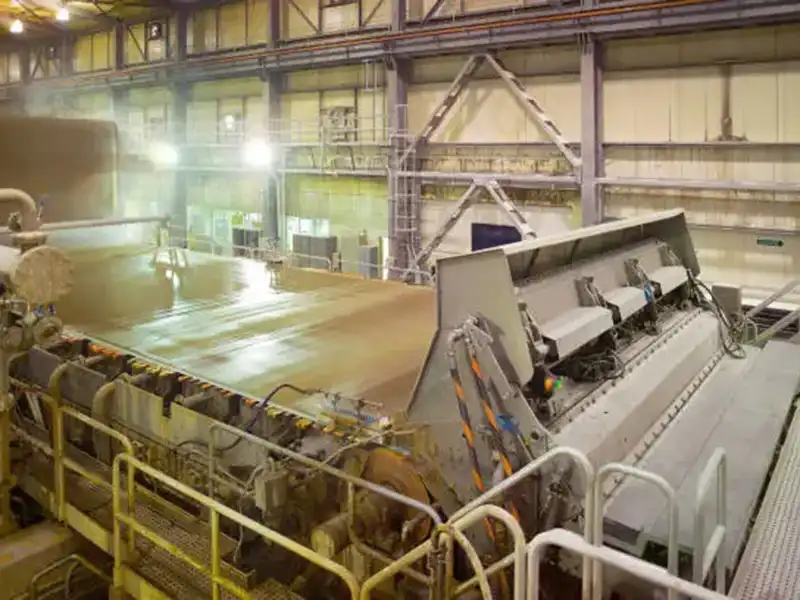
Electrolytic copper foil manufacturing industry

Hydrometallurgy industry

Sewage treatment industry
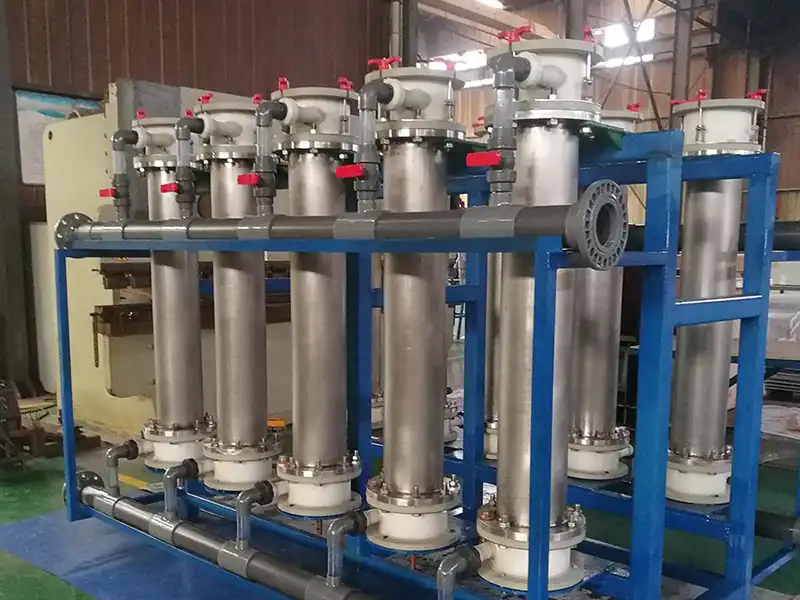
Cyclone electrolysis industry
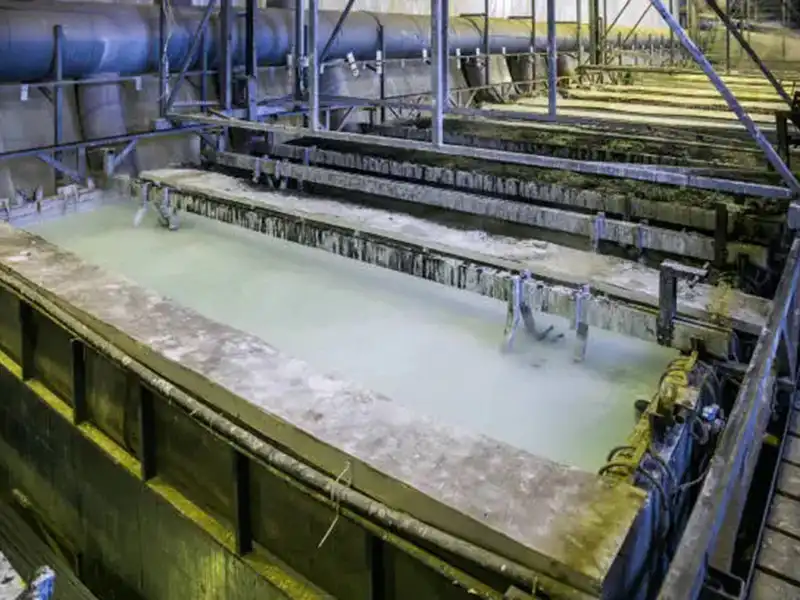
Etching liquid electrolysis recovery industry
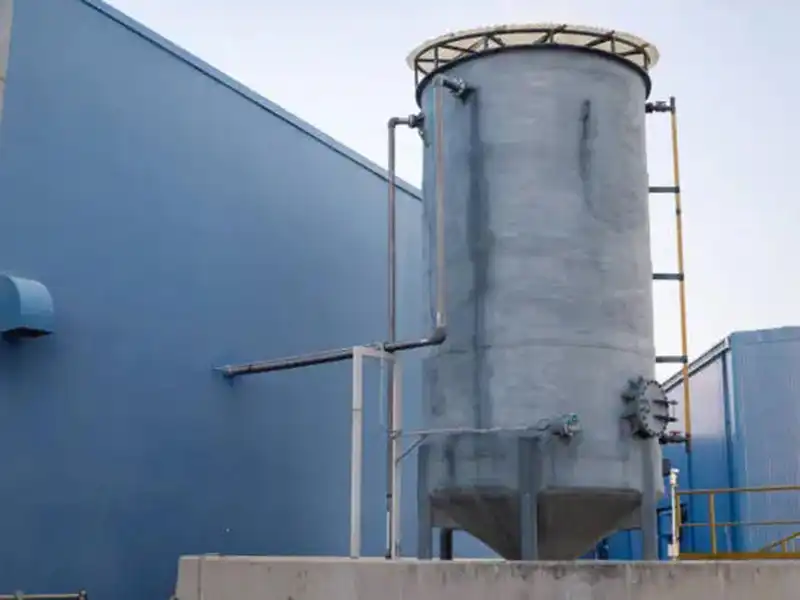
Electrolytic sodium hypochlorite industry
References
1. Peters, M., & Leyens, C. (2003). Titanium and Titanium Alloys: Fundamentals and Applications. Wiley-VCH.
2. Lutjering, G., & Williams, J. C. (2007). Titanium (Engineering Materials and Processes). Springer.
3. Donachie, M. J. (2000). Titanium: A Technical Guide. ASM International.
4. Boyer, R., Welsch, G., & Collings, E. W. (1994). Materials Properties Handbook: Titanium Alloys. ASM International.
5. Froes, F. H. (2015). Titanium: Physical Metallurgy, Processing, and Applications. ASM International.
Learn about our latest products and discounts through SMS or email
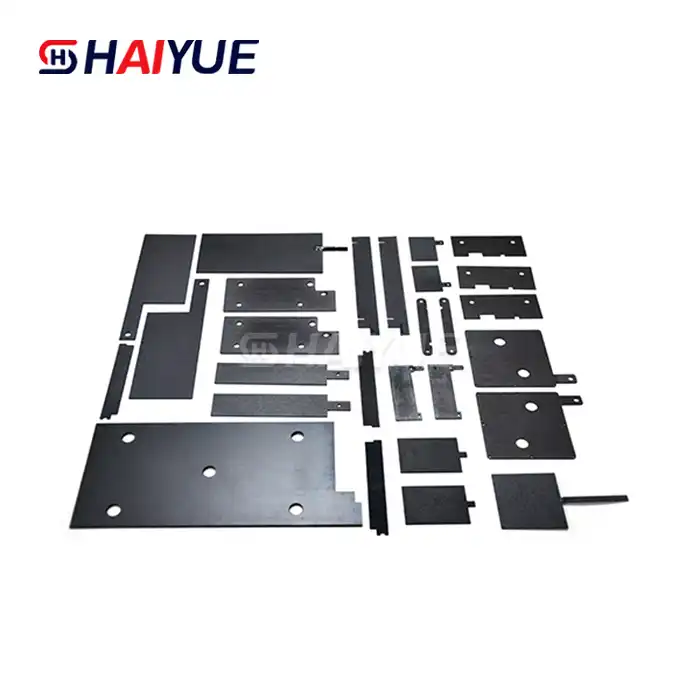
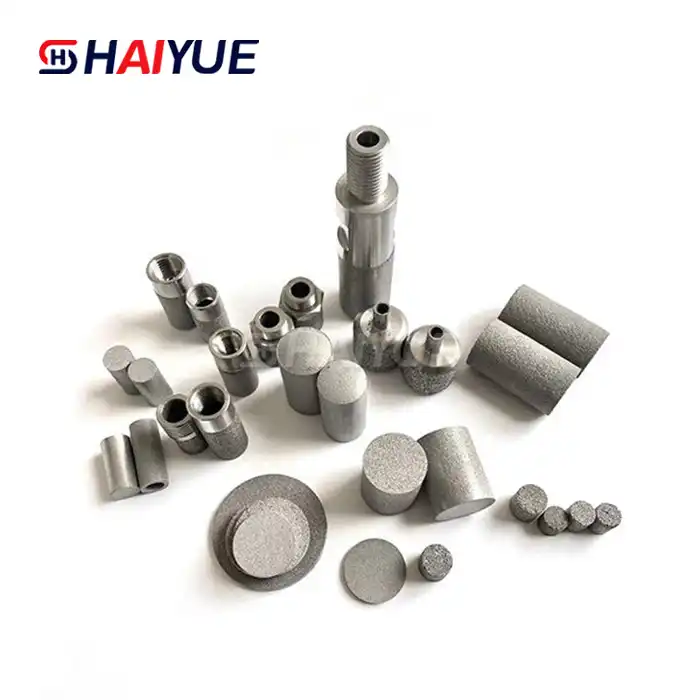
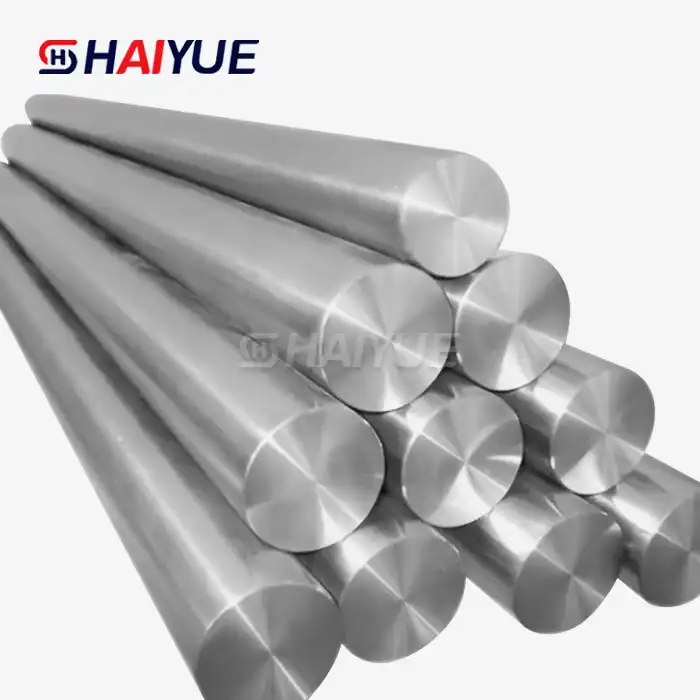
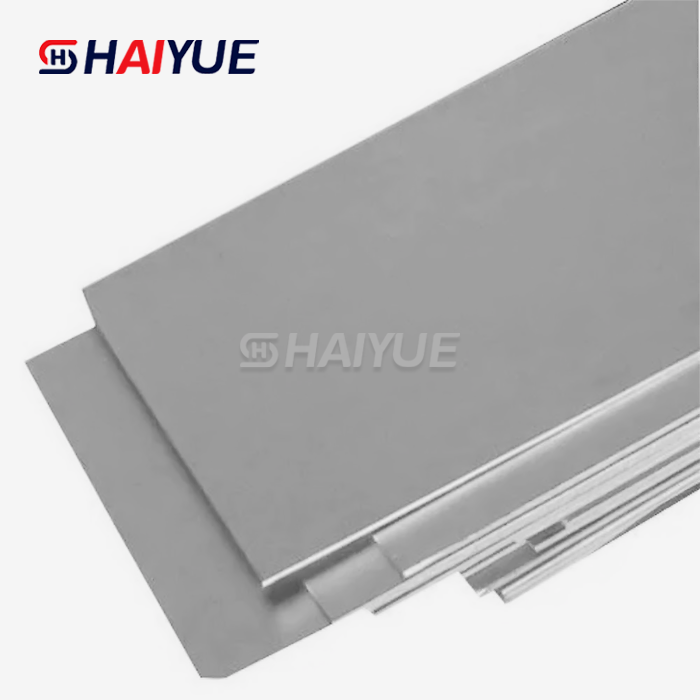
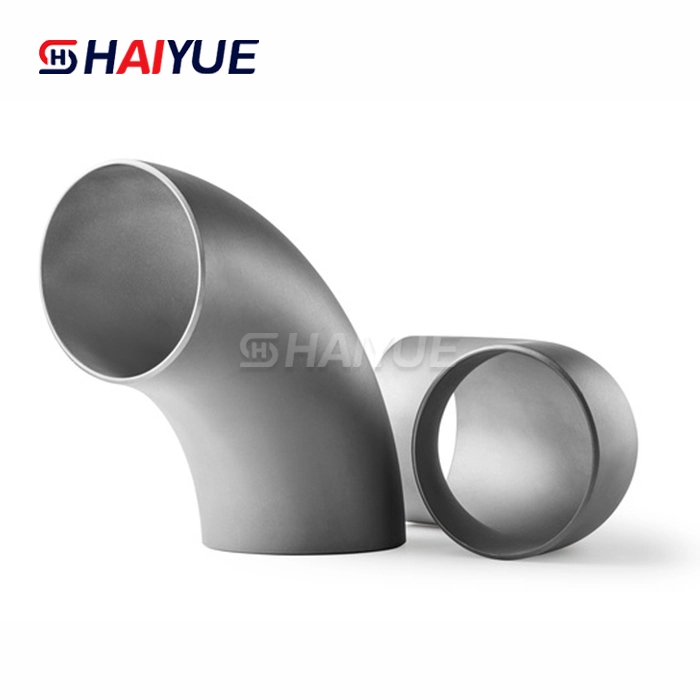
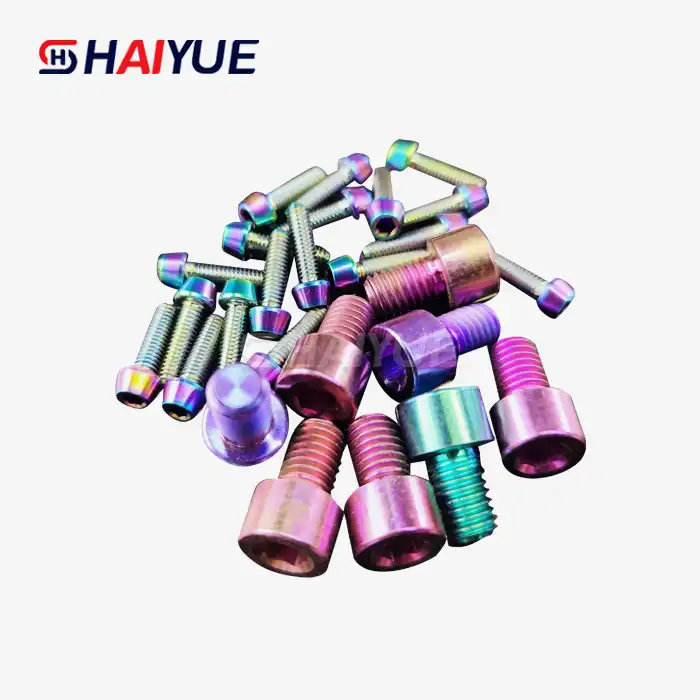
_1736325385421.webp)
